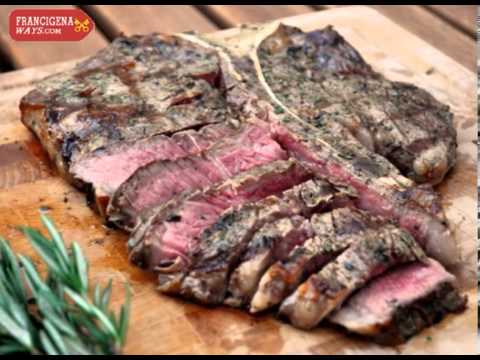A Perfect Tuscan Dinner explained
A Perfect Tuscan Dinner explained

A Perfect Tuscan Dinner
We hope you enjoy this excellently produced video describing a complete Tuscan Dinner from the Apertivo to the Dolce e caffe’. Below is a further explanation of Tuscan cuisine. Enjoy !
Simplicity is central to the Tuscan cuisine. Legumes, bread, cheese, vegetables, mushrooms and fresh fruit are used. A good example would be ribollita, a notable Tuscan soup whose name literally means “reboiled”. Like most Tuscan cuisine, the soup has peasant origins.
It was originally made by reheating (i.e. reboiling) the leftover minestrone or vegetable soup from the previous day. There are many variations but the main ingredients always include leftover bread, cannellini beans and inexpensive vegetables such as carrot, cabbage, beans, silverbeet, cavolo nero (Tuscan kale), onion and olive oil.
A regional Tuscan pasta known as pici resembles thick, grainy-surfaced spaghetti, and is often rolled by hand. White truffles from San Miniato appear in October and November. High-quality beef, used for the traditional Florentine steak, come from the Chianina cattle breed of the Chiana Valley and the Maremmana from Maremma.
Pork is also produced. The region is well-known also for its rich game, especially wild boar, hare, fallow deer, roe deer and pheasant that often are used to prepare pappardelle dishes. Regional desserts include panforte (prepared with honey, fruits and nuts), ricciarelli (biscuits made using an almond base with sugar, honey and egg white), and cavallucci (cookies made with almonds, candied fruits, coriander, flour, honey). Well-known regional wines include Brunello di Montalcino, Carmignano, Chianti, Morellino di Scansano, Parrina, Sassicaia, Vernaccia di San Gimignano.
From Wikipedia
This site contains product affiliate links. We may receive a commission if you make a purchase after clicking on one of these links.


